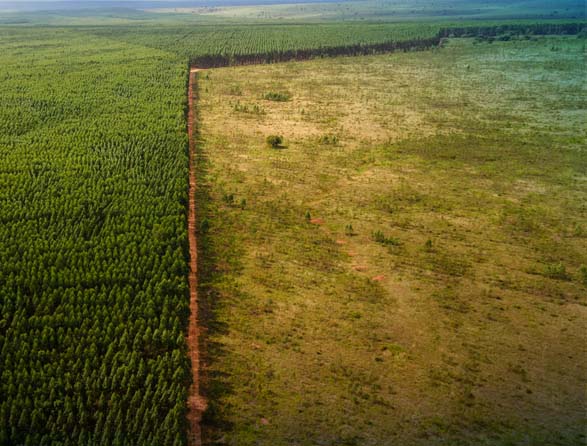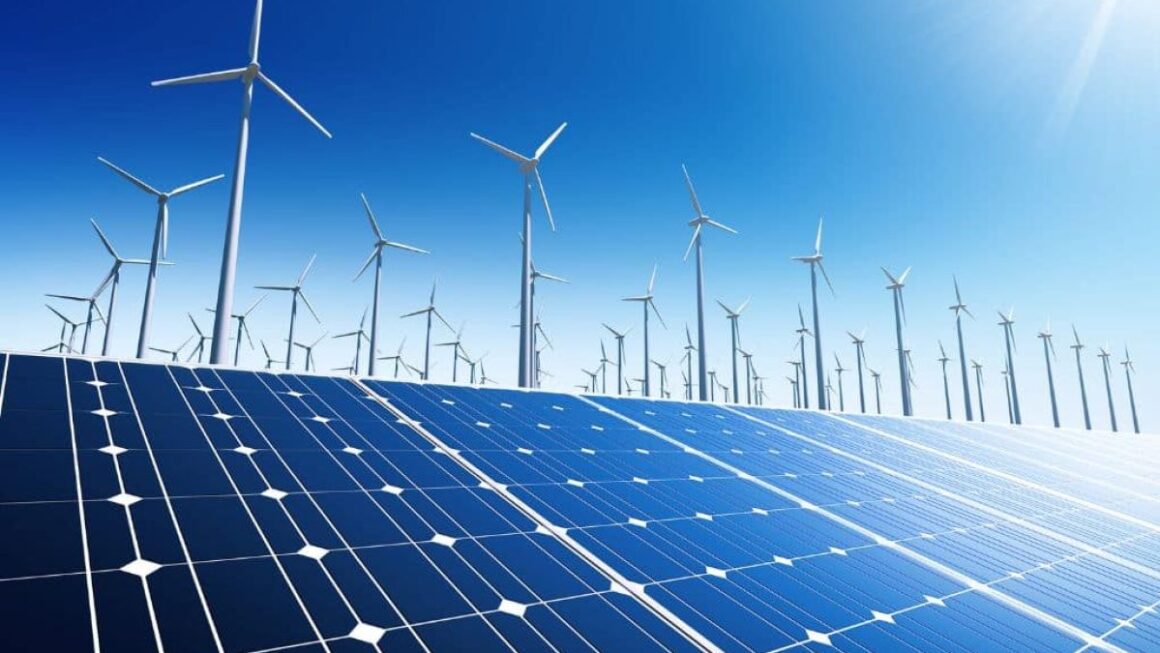In an era where environmental challenges have become a global concern, the importance of conservation cannot be overstated. Conservation refers to the careful management and protection of natural resources, including wildlife, water, air, and land, to ensure their sustainability for future generations. As the human population continues to grow and industrial activities expand, the pressure on our planet’s resources intensifies. This article delves into the reasons why conservation is crucial for our planet’s future, supported by real-world examples, frequently asked questions, and key takeaways.
Key Takeaways
- Protecting Biodiversity: Conservation ensures the survival of diverse plant and animal species, maintaining ecological balance and stability.
- Mitigating Climate Change: Conservation efforts, such as protecting forests and wetlands, help sequester carbon and reduce greenhouse gas emissions.
- Sustainable Resource Management: Conservation promotes the responsible use of natural resources, preventing depletion and environmental degradation.
- Preserving Ecosystem Services: Healthy ecosystems provide essential services, such as clean air and water, that support human well-being.
- Enhancing Resilience to Natural Disasters: Conservation of natural buffers, such as wetlands and mangroves, reduces the impact of natural disasters.
- Environmental Awareness and Education: Conservation efforts raise awareness and educate the public about the importance of protecting the environment.
- Supporting Local Economies: Conservation can generate economic benefits through eco-tourism and sustainable livelihoods.
The Significance of Conservation
1. Protecting Biodiversity
Biodiversity, the variety of life on Earth, is essential for the stability and resilience of ecosystems. Each species plays a unique role in maintaining ecological balance, and the loss of even a single species can have far-reaching consequences. Conservation efforts aim to protect endangered species and their habitats, ensuring the survival of diverse plant and animal life.
For instance, the conservation of rainforests, which are home to a significant portion of the world’s biodiversity, helps preserve countless species of plants, animals, and microorganisms. Organizations like the World Wildlife Fund (WWF) work tirelessly to protect these critical habitats and promote biodiversity.
2. Mitigating Climate Change
Climate change is one of the most pressing environmental issues of our time, with rising temperatures, extreme weather events, and sea-level rise posing significant threats to ecosystems and human societies. Conservation plays a vital role in mitigating climate change by preserving forests, wetlands, and other natural carbon sinks that absorb and store carbon dioxide from the atmosphere.
For example, the conservation of mangrove forests not only protects coastal areas from storm surges but also sequesters large amounts of carbon, helping to combat global warming. Efforts to restore and protect these ecosystems are crucial in reducing greenhouse gas emissions and enhancing climate resilience.
3. Ensuring Sustainable Resource Management
The overexploitation of natural resources, such as water, minerals, and timber, can lead to resource depletion and environmental degradation. Conservation promotes the sustainable use of these resources, ensuring that they are available for future generations. By implementing sustainable practices, we can reduce the negative impact of human activities on the environment.
For instance, sustainable forestry practices, such as selective logging and reforestation, help maintain forest health and productivity while meeting the demand for timber and other forest products. Similarly, sustainable agriculture practices, such as crop rotation and organic farming, minimize soil erosion and protect water resources.
4. Preserving Ecosystem Services
Ecosystems provide a wide range of services that are essential for human well-being, including clean air and water, pollination of crops, and natural disaster mitigation. Conservation efforts aim to preserve these ecosystem services by protecting natural habitats and maintaining ecological balance.
For example, wetlands act as natural water filters, removing pollutants and improving water quality. They also provide critical habitat for wildlife and help control flooding. Protecting wetlands through conservation efforts ensures the continued provision of these valuable services.
5. Enhancing Resilience to Natural Disasters
Natural disasters, such as hurricanes, floods, and wildfires, can have devastating effects on human communities and ecosystems. Conservation measures, such as the preservation of natural buffers like wetlands and mangroves, can enhance resilience to these events by reducing their impact and aiding in recovery.
For instance, coastal wetlands and mangrove forests act as natural barriers that absorb the energy of storm surges, protecting coastal communities from flooding and erosion. By conserving these natural buffers, we can reduce the vulnerability of human populations to natural disasters and promote more resilient landscapes.
6. Promoting Environmental Awareness and Education
Conservation efforts often involve raising awareness and educating the public about the importance of protecting the environment. By fostering a greater understanding of environmental issues, conservation organizations can inspire individuals and communities to take action and make more sustainable choices.
Environmental education programs, such as those offered by the Sierra Club and other conservation organizations, teach people about the importance of biodiversity, sustainable resource management, and climate change mitigation. These programs empower individuals to become environmental stewards and advocates for conservation.
7. Supporting Local Economies
Conservation can also have positive economic impacts by supporting sustainable livelihoods and promoting eco-tourism. Protecting natural areas and wildlife can attract tourists, generating revenue and creating jobs for local communities. Sustainable resource management practices can also enhance the long-term productivity and profitability of natural resources.
For example, national parks and wildlife reserves attract millions of visitors each year, contributing to local economies and supporting conservation efforts. In addition, sustainable fishing practices can ensure the long-term viability of fish populations, benefiting both the environment and the fishing industry.
Conclusion
Conservation is crucial for our planet’s future, as it addresses the interconnected challenges of biodiversity loss, climate change, resource depletion, and environmental degradation. By protecting natural habitats, promoting sustainable practices, and raising awareness about environmental issues, conservation efforts ensure the health and resilience of ecosystems and the well-being of human societies.
As we face increasing environmental challenges, it is essential to prioritize conservation and take collective action to safeguard our planet’s resources for future generations. Whether through individual actions, community projects, or global initiatives, everyone has a role to play in conserving our natural heritage.
7 Frequently Asked Questions (FAQs) About Conservation
1. What is the difference between conservation and preservation?
Conservation focuses on the sustainable use and management of natural resources to ensure their availability for future generations. Preservation, on the other hand, aims to protect natural areas and species from human interference, maintaining them in their pristine state.
2. How can individuals contribute to conservation efforts?
Individuals can contribute to conservation by reducing their environmental footprint, supporting conservation organizations, participating in local conservation projects, and advocating for policies that protect natural resources. Simple actions, such as recycling, conserving water, and reducing energy consumption, can make a significant difference.
3. What are some examples of successful conservation initiatives?
Successful conservation initiatives include the establishment of protected areas, such as national parks and wildlife reserves, as well as species recovery programs, such as the reintroduction of endangered species into their natural habitats. Community-based conservation projects, such as sustainable agriculture and eco-tourism initiatives, have also shown positive outcomes.
4. Why is biodiversity important for human well-being?
Biodiversity supports ecosystem services that are essential for human well-being, including clean air and water, pollination of crops, and natural disaster mitigation. Healthy ecosystems also provide resources for food, medicine, and recreation, contributing to human health and quality of life.
5. How does climate change affect conservation efforts?
Climate change poses significant challenges to conservation efforts by altering habitats, shifting species distributions, and increasing the frequency and intensity of natural disasters. Conservation strategies must consider the impacts of climate change and promote resilience by protecting and restoring ecosystems that can adapt to changing conditions.
6. What role do governments play in conservation?
Governments play a crucial role in conservation by enacting and enforcing environmental regulations, establishing protected areas, funding conservation programs, and promoting sustainable resource management practices. International cooperation and agreements, such as the Convention on Biological Diversity, also play a key role in global conservation efforts.
7. How can conservation support sustainable development?
Conservation supports sustainable development by promoting the responsible use of natural resources, protecting ecosystem services, and enhancing the resilience of communities to environmental challenges. Sustainable development practices, such as sustainable agriculture, forestry, and fisheries, ensure that economic growth does not come at the expense of environmental health.



